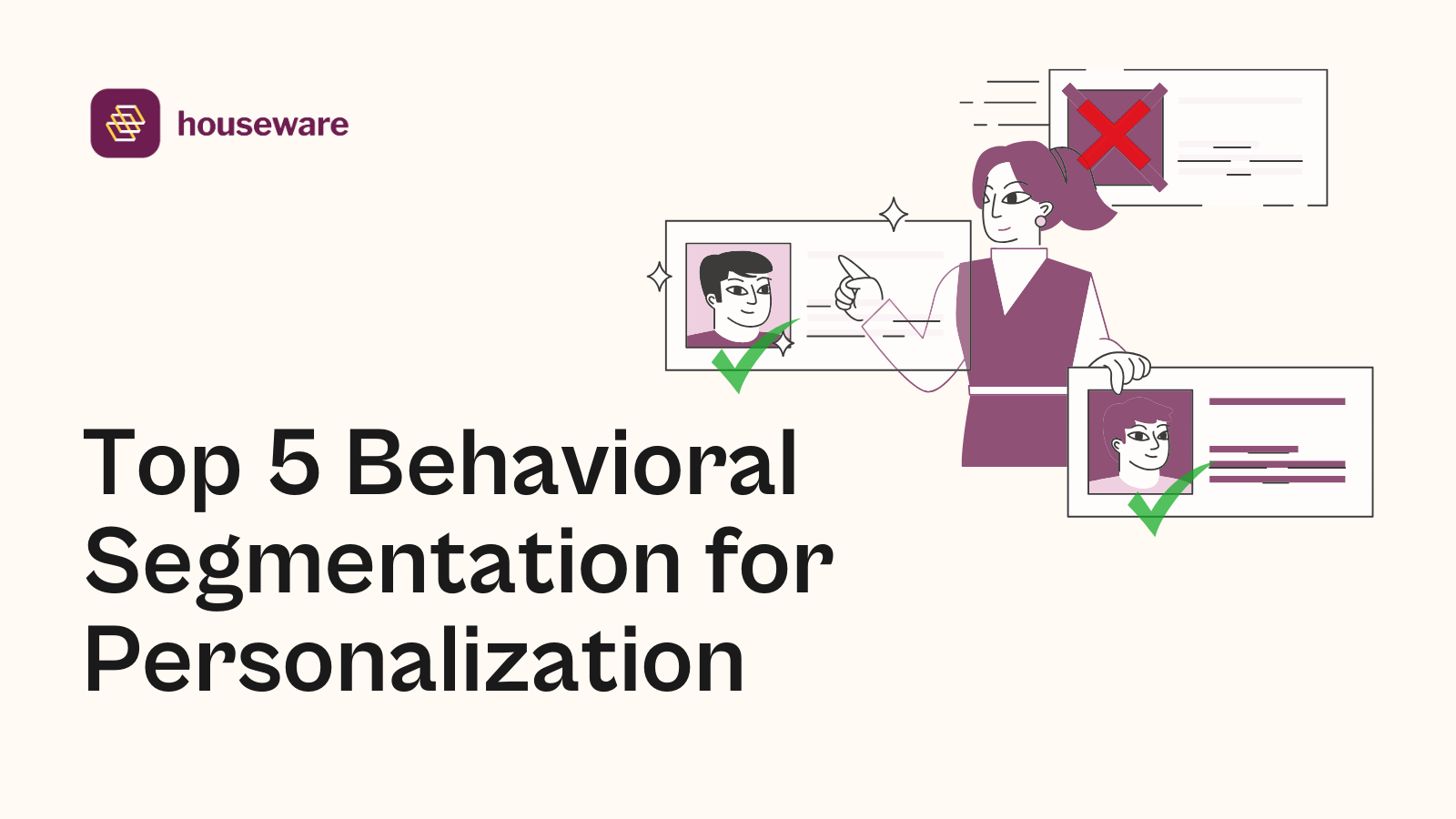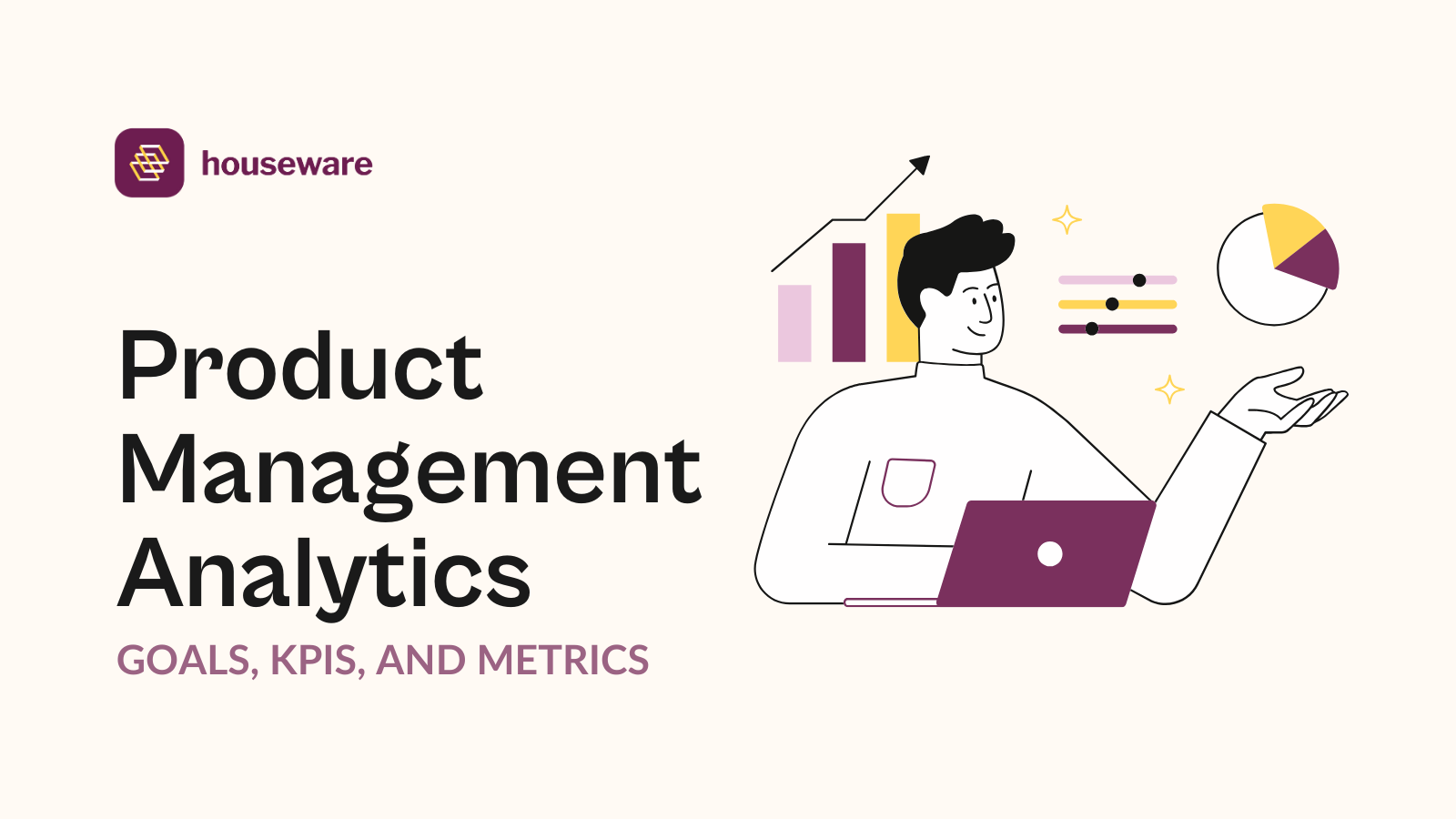Product Data For All: How to give your teams data they can use

Data is beautiful and data is painful.
Access to the right data points to your business teams empowers them to solve their own use cases, on the other hand, lack of clean data often leads to a lack of trust among stakeholders and an absence of data validation in key business decisions: from planning to assessment.
In this article, we focus on the data requirements for a specific use case within B2B SaaS enterprise companies: product analytics for B2B SaaS enterprises. Along the way, we will also share some actionable insights into how your team can move from a data vacuum to a self-serve analytics platform - regardless of where you lie currently on the spectrum.
"Product data" simply put, is the data for any action performed by any user across a product. It usually scales pretty quickly as the number of users and features on your product increases. It’s also called “events data”.
The primary stakeholders for product data are the internal teams who use it to guide their business decisions: this includes primarily the product team (comprised of product managers, and UX designers), and sometimes teams such as marketing and sales who need insight into what kind of customer to pursue or which account to target for conversion.
At enterprise companies, this data is usually stored in a central data warehouse that is maintained by the company’s data team. They are also the ones responsible for maintaining the different tools that business teams might be used to make sense of this data.
In order to understand how to best maintain product data hygiene across a SaaS organization, we should first understand what the stakeholders expect from this data. The kind of questions that product and business are trying to answer from product usage data is something like:
- How is the adoption of my new product features?
- How many of my users are converting to paid subscriptions?
- How many of my users are using the “core” features of my product?
- Are users able to discover different features within the app?
- Is there a list of my users that I can target for product education, upselling, or cross-selling?
... and more depending on your specific business requirements.
One of the critical things to keep in mind while creating a product data hygiene practice at your company is that your data setup must empower stakeholders to get answers to these questions. With this in perspective, let’s focus on some of the major (and common!) challenges that data teams face and the solutions that they can implement, while trying to structure their product analytics data:
Lack of a data culture
Decision-making based on data isn’t just nice to have but a critical tool in your arsenal on the way to building a great product. Oftentimes, teams are tempted to make decisions based on their “gut”, or because good quality data isn’t available. Organizations, especially large-scale SaaS enterprises, must understand the value that data brings to the table in influencing the quality of decisions that they can make.
Product data holds insights around the user value that your business is generating, which is the core of all data analysis that can help your company grow. Just some of the uses of this data range from:
- Guiding the product development process through insights into user behavior, usage patterns, and preferences
- Hyper-tuning your marketing audience by seeing what works best on your product, and for whom
- Getting the right list of accounts to target for sales based on their product usage, and customer profile
In the current macro-scenarios, where customers are constantly demanding better functionality through targeted personalization from their products, as well as companies needing to focus on engagement and revenue more than ever - data can be the most powerful tool in your company that helps you guide your development process.
While a data culture can’t be achieved by a single team within the organization, companies usually benefit by appointing one owner who can lead data standardization efforts in an organization, by doing the following:
- Understand the requirements that different business/development functions have for data
- Collecting data that is accurate and complete
- Ensuring last-mile delivery of data to the stakeholders in the form that they can consume
Lack of proper event instrumentation
Having a data culture is usually one part of the problem, but another problem that it is linked to is having the right data to share with stakeholders.
In order to keep product data relevant, data and engineering teams must have a robust event instrumentation process in place that allows all necessary events to be tracked and logged.
This involves cross-functional collaboration between the product teams, which need to inform engineering teams about which actions on the product they want to track, and engineering teams which need to ensure that event tracking is baked into their development process. This step usually determines the accuracy and availability of data and is critical because all downstream use cases of data depend on these key pillars of data quality.
Whether your organization implements internal event instrumentation or uses tools like Segment - you must ensure a standardized process to track all required metrics in order to make sure that the data that lands in your warehouse is accurate and relevant.
Need some help?
Executing these steps over time will ensure that you’re able to maintain a strong data hygiene practice at your SaaS organization.
However, one of the biggest challenges we’ve seen stakeholders (like the product and business teams) face is the lack of the right interface to get value from data even when they have access to it. They usually need a self-serve analytics solution that can serve as the last-mile delivery solution to the problem of data at an organization.
Houseware plays a critical role in this step of helping your company get the most out of your data. Our platform helps companies build their revenue workflows right on top of the data warehouse - eliminating the need to move your data out of the warehouse, and unlocking a variety of benefits, from cross-functional collaboration, to lower costs and quicker onboarding cycles.










